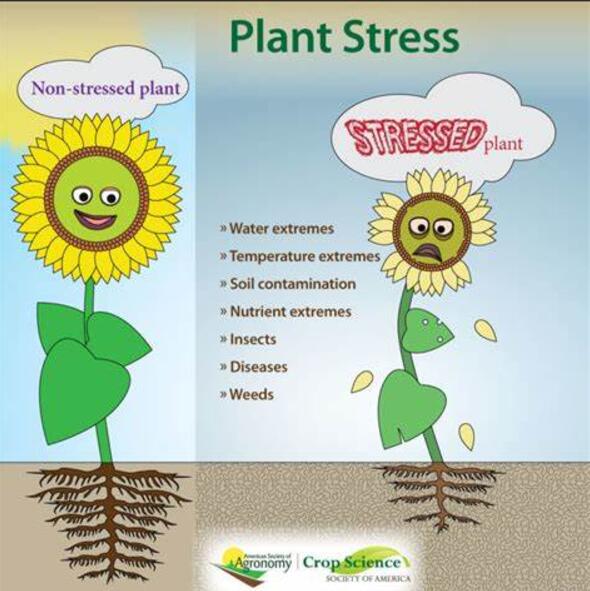Traversing the heat-A review on heat stress untangling the modern approaches in soybean (Glycine max. L)
IF 6.8
Q1 PLANT SCIENCES
引用次数: 0
Abstract
The soybean crop, known as a "miracle crop" for its versatility as an oilseed, legume, and protein-rich source, is facing yield curtailments due to fluctuating global temperatures, emphasizing a deeper understanding of its heat stress tolerance mechanisms ply both conventional and non-conventional methods. Cutting edges techniques such as CRISPR/Cas9, genetic engineering, QTL mapping, and transcriptome studies are in limelight. The core motif is to supercharge heat tolerance by manipulating heat shock proteins (HSPs), transcription factors, and epigenetic mechanisms. Soybean response to heat stress entails complex molecular and cellular processes including hormone signaling, ROS detoxification, antioxidant synthesis, and gene expression regulation. Additionally, transcriptome and proteome perusal has shown the significant role of transcriptional changes in heat stress response. Abiotic stresses, including drought and nutrient deficiencies, also pose risks to global food security by reducing crop yields. Advanced approaches that enhance stress resilience in soybean are critical for buoy future production amid unpredictable climate challenges.

求助全文
约1分钟内获得全文
求助全文
来源期刊

Plant Stress
PLANT SCIENCES-
CiteScore
5.20
自引率
8.00%
发文量
76
审稿时长
63 days
期刊介绍:
The journal Plant Stress deals with plant (or other photoautotrophs, such as algae, cyanobacteria and lichens) responses to abiotic and biotic stress factors that can result in limited growth and productivity. Such responses can be analyzed and described at a physiological, biochemical and molecular level. Experimental approaches/technologies aiming to improve growth and productivity with a potential for downstream validation under stress conditions will also be considered. Both fundamental and applied research manuscripts are welcome, provided that clear mechanistic hypotheses are made and descriptive approaches are avoided. In addition, high-quality review articles will also be considered, provided they follow a critical approach and stimulate thought for future research avenues.
Plant Stress welcomes high-quality manuscripts related (but not limited) to interactions between plants and:
Lack of water (drought) and excess (flooding),
Salinity stress,
Elevated temperature and/or low temperature (chilling and freezing),
Hypoxia and/or anoxia,
Mineral nutrient excess and/or deficiency,
Heavy metals and/or metalloids,
Plant priming (chemical, biological, physiological, nanomaterial, biostimulant) approaches for improved stress protection,
Viral, phytoplasma, bacterial and fungal plant-pathogen interactions.
The journal welcomes basic and applied research articles, as well as review articles and short communications. All submitted manuscripts will be subject to a thorough peer-reviewing process.
 求助内容:
求助内容: 应助结果提醒方式:
应助结果提醒方式:


